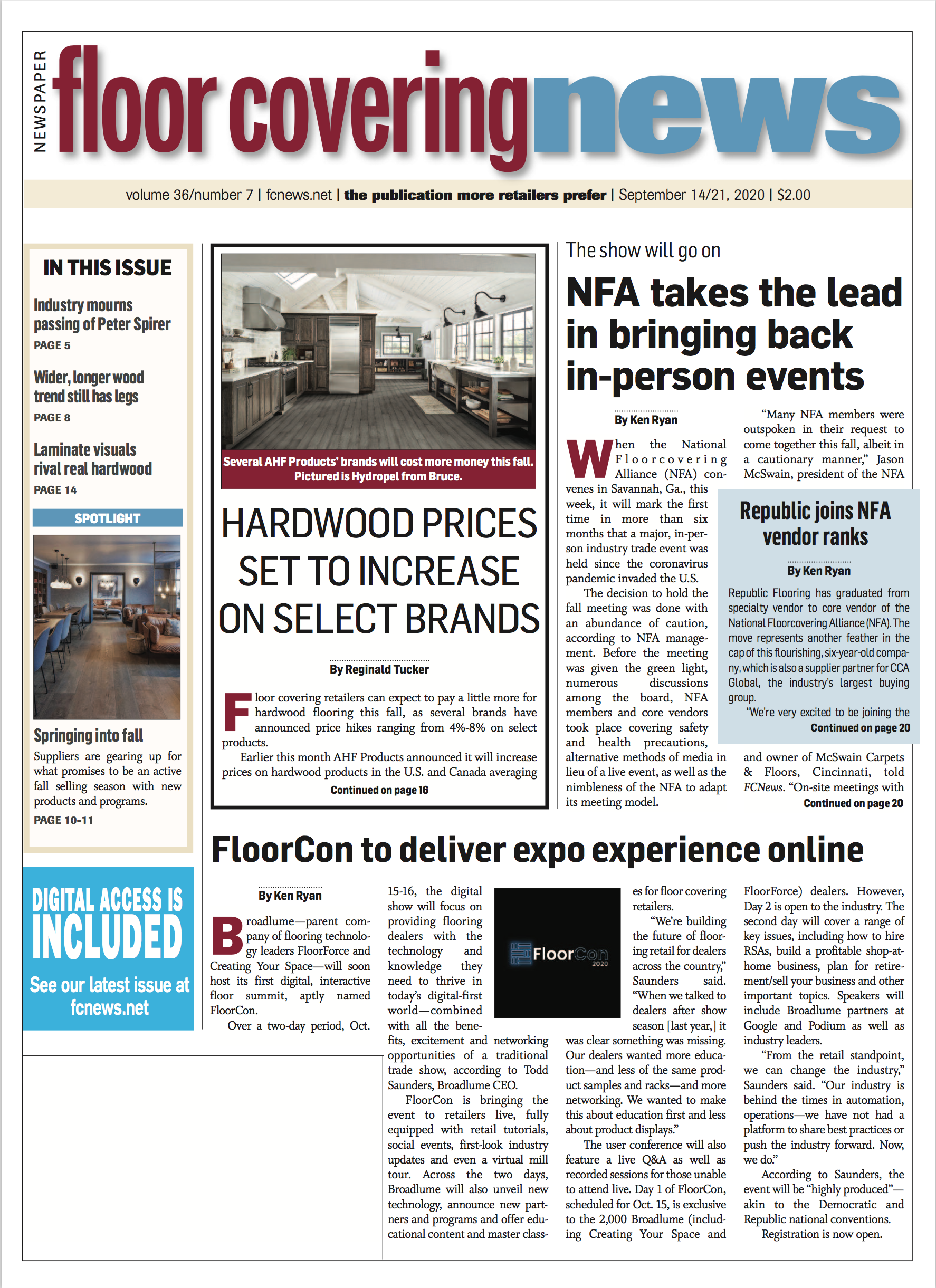By Steven Feldman
“Men wanted for hazardous journey, small wages, bitter cold, long months of complete darkness, constant danger, safe return doubtful, honor and recognition in case of success.”
 I know unemployment currently sits at 8.4%, and the pandemic has forced many people to seek alternative forms of employment, sometimes outside their realm of expertise. But even as Congress grapples over various iterations of stimulus plans and a number of Americans continue to struggle, I doubt many people would respond to a Help Wanted ad like this. Not these days, anyway.
I know unemployment currently sits at 8.4%, and the pandemic has forced many people to seek alternative forms of employment, sometimes outside their realm of expertise. But even as Congress grapples over various iterations of stimulus plans and a number of Americans continue to struggle, I doubt many people would respond to a Help Wanted ad like this. Not these days, anyway.
But this was said to be a real classified ad in London’s newspaper, The Times, 100 years ago. The jury is still out on whether it truly existed, but it has become an urban legend. It supposedly was used to recruit for Ernest Shackleton’s dangerous exploration of the Antarctic. This candid approach prompted 5,000 applications, which Shackleton sifted into piles labeled “mad,” “hopeless” and “possible” before selecting his 27-strong crew. But why would anyone respond to an ad like that, let alone what seemed like half of England?
Here’s your answer. It oozes credibility, makes a challenge and taps into some other powerful psychological forces. Think about it for a second: You have six negatives followed by one positive benefit. Today’s marketers would say this can’t work. And, as they usually are, today’s marketers are wrong.
Businesses naively think that spouting out their features and benefits all over the place while spewing out boatloads of clichés and superlatives will have customers lining up around the corner. Not necessarily. It’s a fundamental misunderstanding of the principles of influence, of persuasion, of why we buy. Sometimes what attracts us is the rare, refreshing appearance of candor. Truth is an advertising aphrodisiac, in part, because it is so rare.
Think about the old Avis marketing campaign: “When you’re only No. 2, you try harder.” There was authenticity there. The ads were an instant hit. Within a year, Avis went from losing $3.2 million to earning $1.2 million—the first time it had been profitable in more than a decade. From 1963 to 1966, as Hertz ignored the Avis campaign, the market-share percentage gap between the two brands shrunk from 61–29 to 49–36.
So, how does a flooring retailer incorporate this strategy in his or her marketing? It’s simple: Don’t be afraid to talk about what could be perceived as a negative of your business. Then spin those negatives into reasons to buy. It’s known as “making the skeleton dance” and it’s a great way to sell. It builds huge credibility into your business and makes it very easy for people to say “yes” when you ask or the sale.
For example, “Yes, my prices are higher than the guy down the block, but this is why my customers choose to do business with us: We over-deliver, have the best service and you can call me on my cell phone day or night if you ever have a problem.” Or: “It may take a couple of weeks before we can install this floor, but that’s because everyone in town buys from us and we have a backlog right now.”
Make a list of what someone could consider a drawback of your business. Then, think up ways to spin them into reasons to buy. This is an incredibly powerful exercise and I bet not one in 1,000 businesses have ever bothered doing it. Which means, when you do it, you’ll have that much more of an advantage over the competition.
Oh, and in case you were wondering about that expedition to the Antarctic, 27 men did sign on, and although they were unsuccessful in the technical sense—before they even set foot on land, their ship was crushed in a vise of ice, marooning them for more than a year—they did manage, miraculously and heroically, a safe return.

